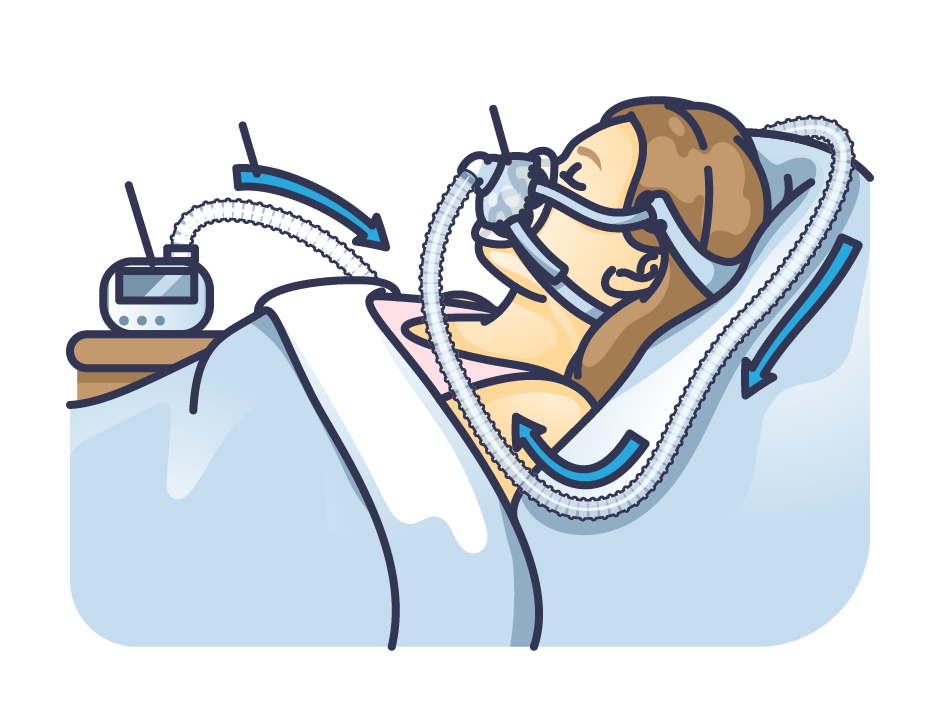Synchronization of Neurons of the Circadian Clock: Why is it Important?
- OccHealthSci
- Jan 6, 2023
- 1 min read

We recently published a new video via YouTube, titled Synchronization of Neurons of the Circadian Clock: Why is it Important? The video reviews an article published by Dr. Charles Allen, a scientist at the Institute: “Diurnal properties of tonic and synaptic GABAA receptor-mediated currents in suprachiasmatic nucleus neurons.”
This experiment looked at synaptic transmission in the suprachiasmatic nucleus (SCN), a vital part of the hypothalamus which controls our circadian rhythm. The biggest takeaway from the study was a clear diurnal rhythm (a biological rhythm that is expressed during daylight hours) in synaptic activity in the SCN, meaning that it is synchronized with the day-to-night cycle. The purpose of this video was to condense takeaways and highlight key findings from the study and to disseminate our basic science research in a way that is more accessible, approachable and easier to understand.
The video was produced by Renee Kozlowski, a senior at Tulane University. Renee started as a summer intern in Dr. Brad Wipfli’s Lab in June 2021 supporting Oregon Healthy Workforce Center’s Active Workplace Study. She is currently on the Institute’s Outreach Team supporting efforts in dissemination and science translation as a dissemination assistant. Renee is studying public health and Spanish at Tulane University and will be continuing her studies in New Orleans next year to earn her Masters in Public Health in Epidemiology from Tulane’s School of Public Health and Tropical Medicine.
Check out the new video on YouTube here or you can watch the video below. Thanks for watching!Posted by: Helen Schuckers in Basic Research




Comments